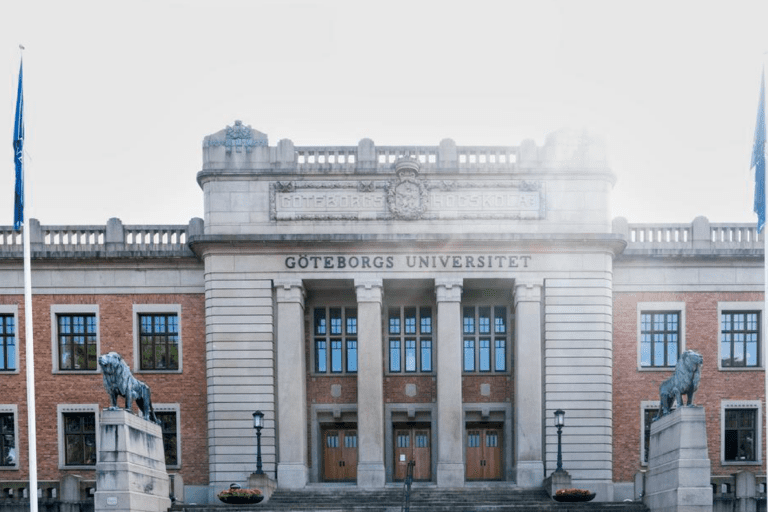Customer story
University of Gothenburg
“The project has been met with positive uptake by all staff groups and students are overwhelmingly satisfied”
The University of Gothenburg (GU) was established in 1891 in Southern Sweden and with 47,000 students, and over 6,000 employees, it is one of the largest universities in Scandinavia. For this customer story, we interviewed Linda Jerdenius, System Administrator at the university.
The digital exam project at Gothenburg University was initiated in 2014 with a large-scale infrastructure project for online teaching and blended learning. The overall aim was to increase the use of digital tools in teaching and learning in general.
By 2015, a number of different digital platforms and virtual learning environments were used for submission of coursework and home exams at the different faculties at the university. However, on-site exams still took place with pen and paper.
The digital exam project was kicked off and mandated to find one common solution to conduct all on-site written exams digitally, from the planning phase to the grading and feedback phase. The business case for the digital exam project was based on:

Gothenburg University chose a bring-your-own-device strategy (BYOD) which meant they could focus on process support, exam platform requirements and start piloting solutions without investing in exam labs. Linda Jerdenius testifies after thousands of digital exams at Gothenburg University that Inspera Assessment for closed book exams on BYOD is absolutely secure and prevents cheating just as safely as an exam at a university computer.
The university dedicated a specific location to digital exams and installed extra wifi in the room and power supply to each table. The facilities currently host 420 seats, and in 2020 that number will rise to 570. Also, the university purchased 160 computers for students to borrow or use as a backup if their devices malfunction during the exam.
Gothenburg University has chosen a gradual implementation policy where digital exam is a service offered to examiners (academic staff) on a voluntary basis. Linda and her team train administrative staff and academics in separate sessions to meet their respective needs and the exam team offers service support by e-mail.
By 2019, digital examinations have become the norm at Gothenburg University, with more than 65% of exams conducted digitally. In 2018, there were 21,717 digital exam submissions, and in the autumn of 2019, the total number of submissions has doubled. For the spring semester of 2020, there have been 627 individual digital exams already booked. Significant improvements have been achieved towards the objective of reducing time spent on exam administration, with savings up to 4-6 hours per exam in some cases.
‘Teachers find grading to be more efficient, and students adapt quickly’, Linda Jerdenius concludes.
The future work with Inspera will focus on increasing the adoption in the STEM exams, that, for example, require third-party specialised tools for drawing.
‘Digital exams are now the norm at GU, and we have processes in place to do this on a large scale’, says Linda Jerdenius.